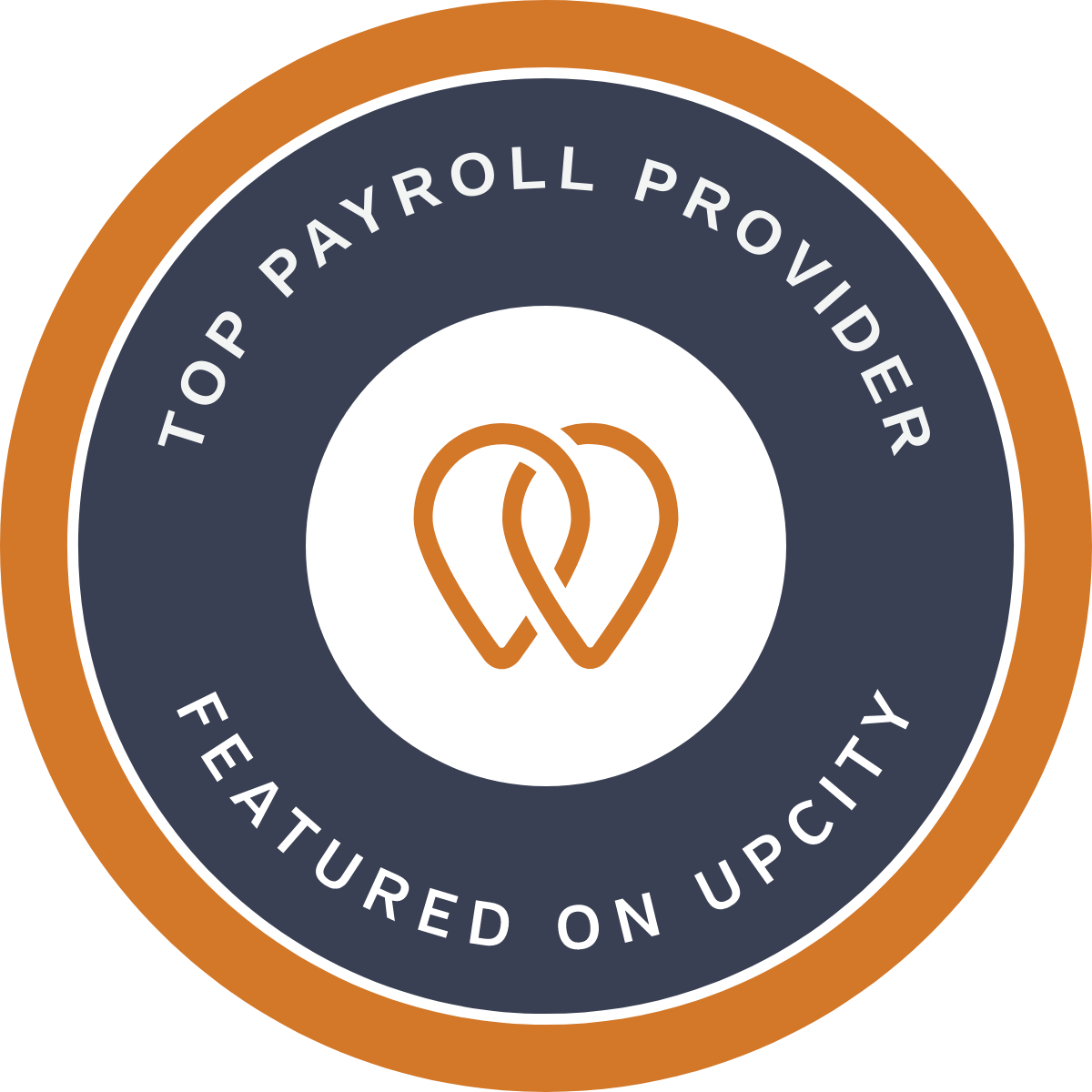What is FUTA? Federal Unemployment Tax Rates and Information for 2021

Do you own a company? Don't place yourself on the payroll unless you've read this.
You have built a thriving business! It’s finally producing enough money to pay you the salary you’ve always desired… But should you put yourself on the payroll versus distributions? Many small business owners compensate themselves using a draw. So is paying a salary the next step.
Yes, I’m being honest — there are legal implications to compensating yourself if you own the company that pays you, and we’ll discuss them today.
Designing Your Company
How you can pay yourself is determined by the type of business you operate.
- Sole Proprietorship or Partnership: You are not authorized to be on the payroll in most situations. You can continue to pay yourself from the company’s profits, but that money isn’t tax-deductible. Although partnership agreements allow for various compensation options, it’s usually advisable to take distributions and make projected tax payments.
- You’ll pay self-employment tax on the total business profit each year in both sole proprietorships and partnerships. That’s around 15% of your net profits, so make sure you’re paying your estimated taxes on time to avoid a huge tax bill at the end of the year.
- It’s preferable to make payments regularly rather than take money out whenever you need (or desire) it. This isn’t strictly necessary, but it does tend to lead to better organization and a more accurate grasp of your business’s expenditures. Corporations: Officers (which business owners are) must be paid as W-2 wage earners. You’re almost certainly subject to standard taxes, but on the bright side, the pay you take can be deducted as a business expense.
- S Corporations: Like regular corporations, S Corporations allow you to pay yourself through tax-free distributions. Don’t get too excited just yet; you still need to take an amount in payroll that the IRS considers “fair,” which generally means compensation comparable to that received by similar people in similar positions. While you won’t have to pay Social Security, Medicare, or unemployment taxes on your distributions, you will have to pay federal and state income taxes on them when you submit your tax return at the end of the year. Last but not least, keep in mind that while your payroll will be deductible as a business expense, your payouts will not.
- Limited Liability Companies: These businesses are governed by state rules rather than federal regulations. If you have an LLC, the IRS will treat you as a sole proprietorship (if you’re the only owner) or a partnership by default (if there are multiple owners). Alternatively, you might apply to the IRS for S Corporation status for tax purposes. As previously said, this is generally more tax-friendly than the distribution-only strategy that sole proprietorships and partnerships must deal with.
Benefits of Outsourcing Payroll
Don’t try to exploit the system.
The IRS is more focused on those who receive a lot of money in the form of distributions — after all, certain taxes aren’t paid on that, and the IRS doesn’t like people who don’t follow the rules.
It’s only a matter of time until the IRS comes knocking if you pay yourself a ridiculously low wage while taking massive distributions. Be reasonable in both salaries and distributions.
Key Takeaways
1. Determine Your Business Type
2. Figure Out the Best Payment Method
A. Owner’s Draw
B. Salary
3. Select an Amount
4. Pick a Payroll Schedule
5. Get Your Paycheck
Changing Your Company’s Structure
If you already have a sole proprietorship or partnership, you can amend your IRS election to be taxed as an S Corporation. However, if your company earns at least $40,000 in profits each year, it’s probably time to look into alternate entity structures to reduce your tax cost. If you’d want to learn more about this, we know some good tax specialists who can help, so send us a message.
Salary vs. owner’s draw is one way to pay yourself
As a business owner, you may pay yourself in two ways:
- Salary: You pay yourself a regular salary just as you would an employee of the company, withholding taxes from your paycheck. For firms established as S-corporations, C-corporations, or a limited liability company taxed as a corporation, this is legally necessary. The IRS has a “reasonable” compensation standard, which means your pay should be equivalent to what someone else in your field earning the same position would earn.
- Owner’s draw: You take money (in cash or in-kind) as needed from the income of your firm. You can take out as much money as you put into the firm, known as owner’s equity. You don’t have to pay taxes upfront every time you take a loan, but it’s a good idea to budget for your tax payment on a regular basis.
Here's a side-by-side comparison of the two methods:
Salary | Owner’s draw |
|---|---|
Pros:
| Pro:
|
Con:
| Con:
|
Do you own a company? Don’t place yourself on payroll unless you’ve read this.
Do you own a company? Don't place yourself on payroll...
Read MorePaying family members on your payroll, what you should know!
hiring family members in a small business can have many...
Read MoreWhat is FUTA? Federal Unemployment Tax Rates and Information for 2022
The Federal Unemployment Tax Act (FUTA) established a scheme to...
Read More2024 Payroll Calendar Guide: Creating Hassle-Free Schedules
hiring family members in a small business can have many...
Read More







